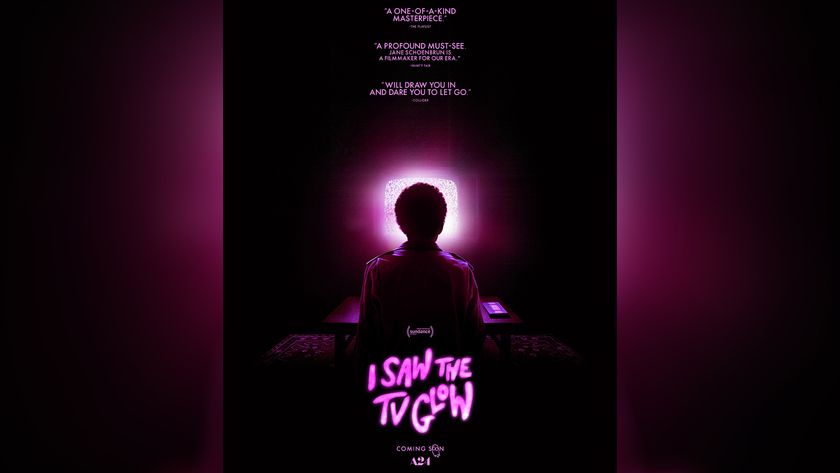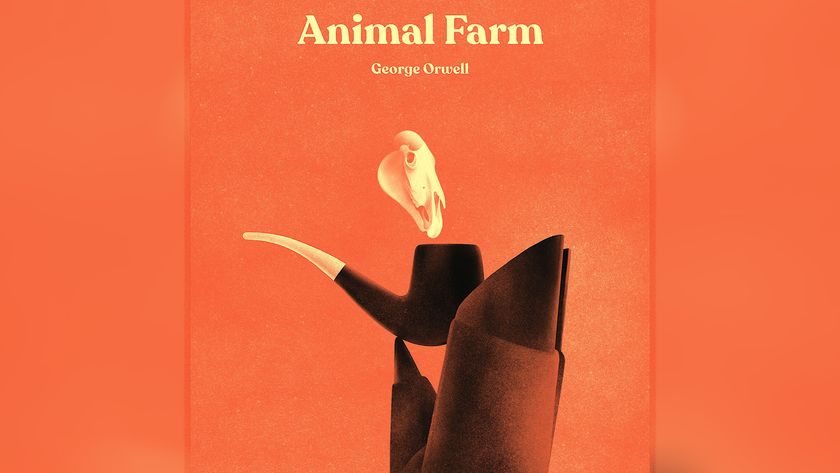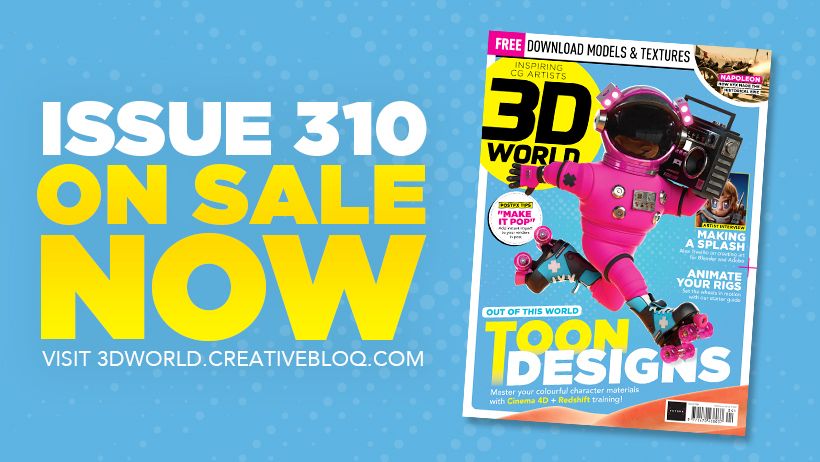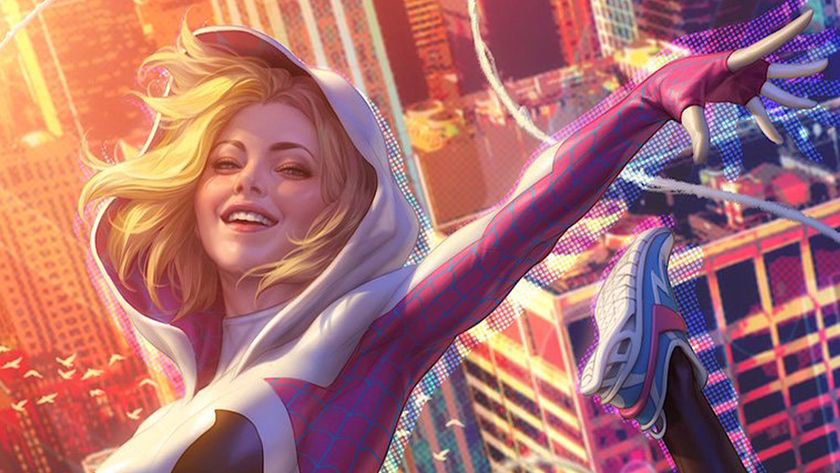Just what is concept art?
Concept art is not the same as illustration, explains videogames industry veteran James Pickthall. It's about creating a single artistic vision that can power a franchise.
What is concept art? Well that’s easy isn’t it? It's super polished art used to promote forthcoming films and games. Right? Wrong!
The main goal of concept art is to convey a visual representation of a design, idea, and/or mood for use in films, video games, animation, or comic books before it is put into the final product. In other words, it aims to convey the overall design vision rather than specify everything in exact terms right at the start.
In this article, I'll look into exactly what concept art involved and how it's an essential part of the modern entertainment franchise process.
- Looking for a new job in design? Check the Creative Bloq jobs board!
What is concept art for?
So why is concept art necessary? Well, just consider the vast amount of money involved in creating a modern movie, game, etc, and then think about the amount of money that can be lost if it all goes awry.
We live in an age where; visually speaking, just about anything is possible - which is fantastic. But where there are infinite possibilities there is also infinite opportunity for error. With hundreds, even thousands, of people work on the most successful franchises, everyone needs to be singing from the same hymn sheet.
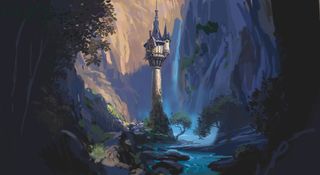
Concept art is key to focusing that single artistic vision and to iron out any visual kinks that could be problematic down the line.
What does concept art involve?
Concept art can range from ethereal mood shots to more detailed schematics of a prop, or character for example. The purpose is to reduce margin for error, and therefore, reduce time and cost.
Get the Creative Bloq Newsletter
Daily design news, reviews, how-tos and more, as picked by the editors.
But crucially, it's not just the art itself that's important. Remember in maths class you used to get hassled to show your workings? Well guess what? Concept art is those workings.
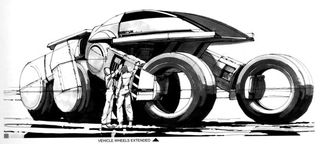
For every 'art of book' quality image you see there are tens, sometimes hundreds of images that have all played a part in that piece.
It could be a scratching that helped explain an idea to the art director or the design that was completely wrong. The point is, they are all part of the process, even the ugly ones. Concept art is an iterative process and hitting the bull’s eye first time is rare.
Influencing the suits
Most creative endeavors require the assistance of those who are, shall we say, less creative. More at home with spreadsheets and numbers, than Photoshop and a Wacom tablet. These people are either the guys that hold the purse strings. Or these people could be the producer or project manager.
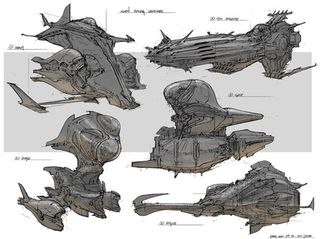
Concept art can be very effective in showing these people the bigger picture, getting them onside or loosening those aforementioned purse strings. It's a lot more cost and time effective to show them eye candy in the form of concept art, than getting a team of modellers and artists to create the real thing.
Concept art is not illustration
Concept art and illustration are not the same thing. The quality and techniques of the two are closer than ever and there is considerable overlap but they have one intrinsic difference. That difference is the word 'concept'.
The purpose of the concept artist is to quickly explore ideas and communicate them effectively as possible. The role of the illustrator is to create highly polished artwork.
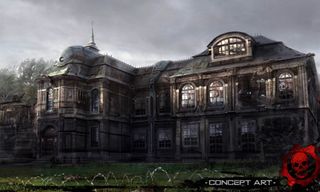
There is no value in having a finely finished piece of work that offers little new in terms of design, mood and feel. This would be a considerable waste of time and effort. It's better to have a rougher, looser sketch that sparks interest and promotes discussion. Its artistic flaws will be quickly overlooked.
It's key to remember that concept art is part of a bigger production process as opposed to being its own entity such as illustration for a book or editorial. Often, projects will hire separate illustrators to work up some of the concept art for promotional and marketing use.
Words: Jason Pickthall
- Jason Pickthall has 10 years' experience in the videogames industry. He currently works as a senior concept artist at FreeStyleGames, an Activision Studio, and blogs at Pickthall Sketches. Follow him on Twitter: @jpickthall.
Liked this? Then read these!
- Get started in videogame art
- Create a superhero!
- Illustrator tutorials: 75 awesome ideas to try today!
- The 20 best 3D movies for 2012

Thank you for reading 5 articles this month* Join now for unlimited access
Enjoy your first month for just £1 / $1 / €1
*Read 5 free articles per month without a subscription

Join now for unlimited access
Try first month for just £1 / $1 / €1
The Creative Bloq team is made up of a group of design fans, and has changed and evolved since Creative Bloq began back in 2012. The current website team consists of eight full-time members of staff: Editor Georgia Coggan, Deputy Editor Rosie Hilder, Ecommerce Editor Beren Neale, Senior News Editor Daniel Piper, Editor, Digital Art and 3D Ian Dean, Tech Reviews Editor Erlingur Einarsson and Ecommerce Writer Beth Nicholls and Staff Writer Natalie Fear, as well as a roster of freelancers from around the world. The 3D World and ImagineFX magazine teams also pitch in, ensuring that content from 3D World and ImagineFX is represented on Creative Bloq.

